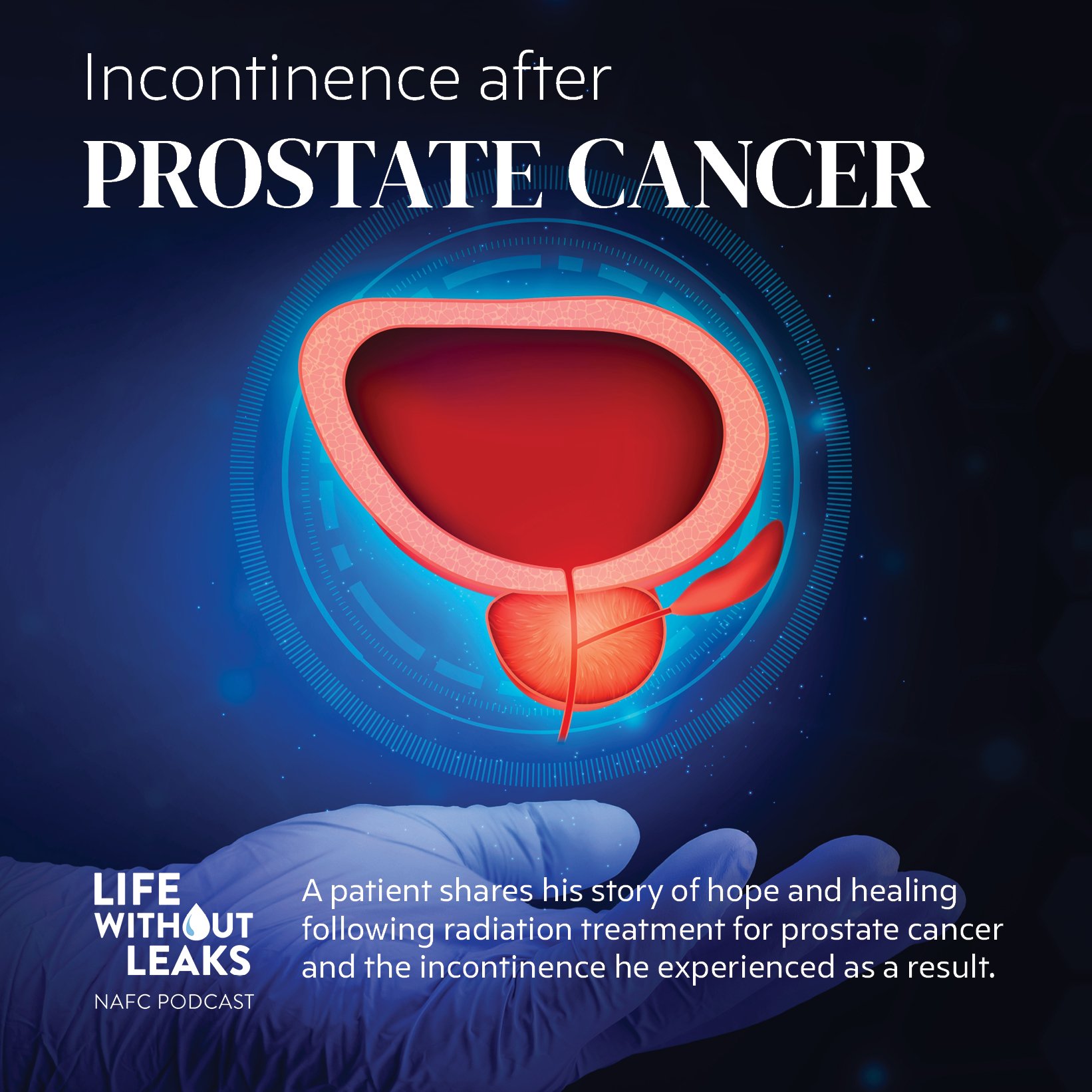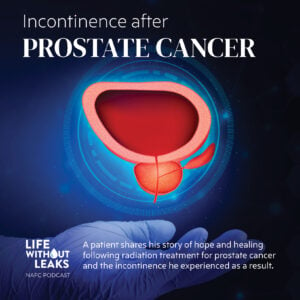Bladder cancer is a serious condition that affects thousands of people each year. Early detection plays a crucial role in successful treatment, making it essential to recognize the warning signs and symptoms. While the symptoms listed below could be attributed to a range of potential causes or conditions, engaging in a conversation about them with your doctor is important in order to exclude the possibility of bladder cancer lurking beneath the surface.
Warning Sign 1: Blood in the urine (hematuria)
One of the most common signs of bladder cancer is blood in the urine, known as hematuria. This can manifest as pink, red, or cola-colored urine. While hematuria doesn’t always indicate bladder cancer (sometimes it’s a sign of kidney stones or a urinary tract infection),, it should never be ignored.
According to the American Cancer Society, it’s crucial to consult a healthcare professional if you notice blood in your urine, even if it occurs just once. Your doctor may order special urine tests that can examine the urine under a microscope to look for cancerous cells.
Warning Sign 2: Frequent urination
If you find yourself making more frequent trips to the bathroom without any apparent reason, it might be a cause for concern. While various factors can contribute to frequent urination, it could also be a symptom of bladder cancer.
The key here is to notice a change in your normal patterns. If you notice a sudden increase in the frequency of urination, especially if it’s accompanied by other warning signs, it’s important to consult your doctor for an evaluation.
Warning Sign 3: Painful urination
Pain or discomfort during urination can indicate several conditions, including bladder cancer. If you experience a burning sensation, discomfort, or pain while passing urine, it’s essential to seek medical attention.
It’s worth noting that painful urination can also be caused by urinary tract infections or other conditions, but it’s always better to get it checked out to rule out any serious underlying issues.
Warning Sign 4: Urgency to urinate
Feeling an urgent need to urinate, even when your bladder isn’t full, can be another potential symptom of bladder cancer. If you constantly feel the need to rush to the bathroom, it’s important to discuss this symptom with your healthcare provider. They can evaluate your symptoms and recommend further tests if necessary.
Warning Sign 5: Lower back pain
Lower back pain is a common complaint, but in some cases, it can be an indication of bladder cancer. If you experience persistent lower back pain (especially on one side) that doesn’t improve with rest or over-the-counter pain medications, talk to your doctor about it. While bladder cancer is not the most common cause of lower back pain, it’s essential to rule it out, especially if you have other accompanying symptoms.
Warning Sign 6: Pelvic pain or discomfort
Bladder cancer can sometimes cause pain or discomfort in the pelvic area. This pain may feel like pressure, heaviness, or a dull ache. If you notice persistent pelvic pain or discomfort, it’s important to have it evaluated by a healthcare professional. They can determine the cause of your symptoms and recommend appropriate tests or treatments.
Warning Sign 7: Unexplained weight loss
If you’ve been losing weight without making any changes to your diet or exercise routine, it could be a potential warning sign of bladder cancer. Unexplained weight loss is often a cause for concern and should be discussed with your doctor.
While weight loss can have various causes, it’s crucial to ensure that bladder cancer is not the underlying reason.
Warning Sign 8: Fatigue and weakness
Fatigue and weakness are symptoms that can be attributed to many health issues, but they can also occur in bladder cancer patients. If you experience persistent fatigue and weakness that doesn’t improve with rest, it’s important to consult your healthcare provider. They can assess your symptoms and conduct further tests to determine the underlying cause.
Warning Sign 9: Swelling in the lower legs
In some cases, bladder cancer can lead to the accumulation of fluid in the lower legs, resulting in swelling. This swelling, also known as edema, may be accompanied by discomfort or a feeling of heaviness in the legs.
If you notice persistent swelling in your lower legs without any apparent cause, it’s important to bring it to the attention of your healthcare provider. They can assess your symptoms and determine if further evaluation is needed.
Bladder cancer is a serious condition, but detecting it early can significantly improve treatment outcomes. Taking a proactive approach to your health starts with recognizing and understanding the warning signs. Our bodies are remarkable communicators, and tracking significant changes from our personal norms can provide valuable insights. While many of the symptoms mentioned above can indicate various conditions, being attuned to your body and noting any deviations in your specific patterns can be a powerful tool in catching conditions like bladder cancer at an early stage, before they have an opportunity to advance. If you experience any of these warning signs, it’s important to schedule an appointment and have a conversation with your doctor.
Sources:
- American Cancer Society. (2021). Bladder Cancer Signs and Symptoms. Retrieved from https://www.cancer.org/cancer/bladder-cancer/detection-diagnosis-staging/signs-and-symptoms.html







3 Responses
No blood in urine. No pain either but when I pee as a male I pee then 10 seconds again I pee a little then 10 seconds again I pee a little again this is a 4 time ritual every time I go. If I have sat to go no 2 and get up to wipe. I start peeing again while I’m wiping. I have to wear diapers to bed because I sometimes wet myself during the night. Age 70
I’ve had microscopic hematuria for years. Now my doctor tells me I have abnormal cells in my urine. Is this cause for concern?
I had bladder cancer in 2004, had surgery to remove tumor and BCG treatment ! Now I had a lot of blood in my urine and achy cramps , do you think the cancer has returned ? I am 80.